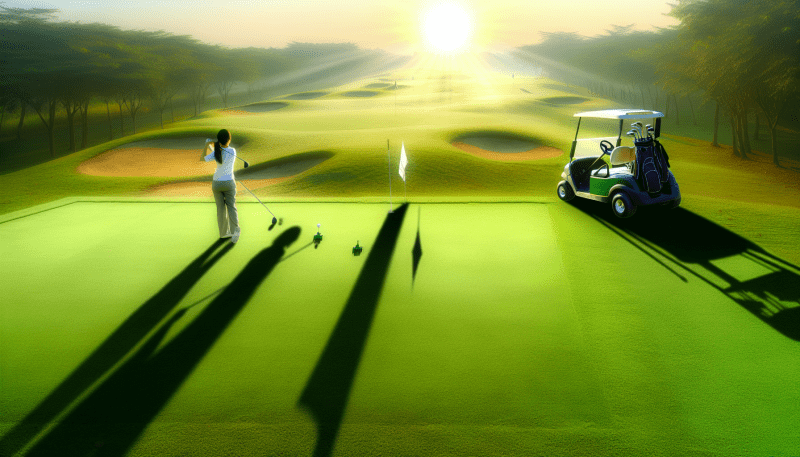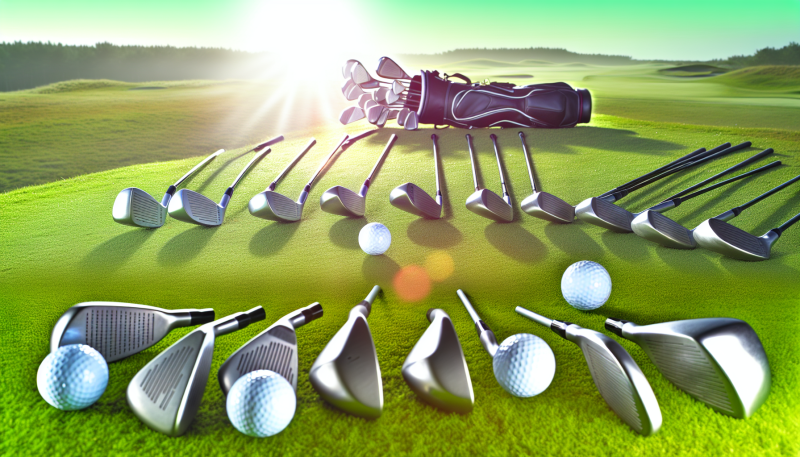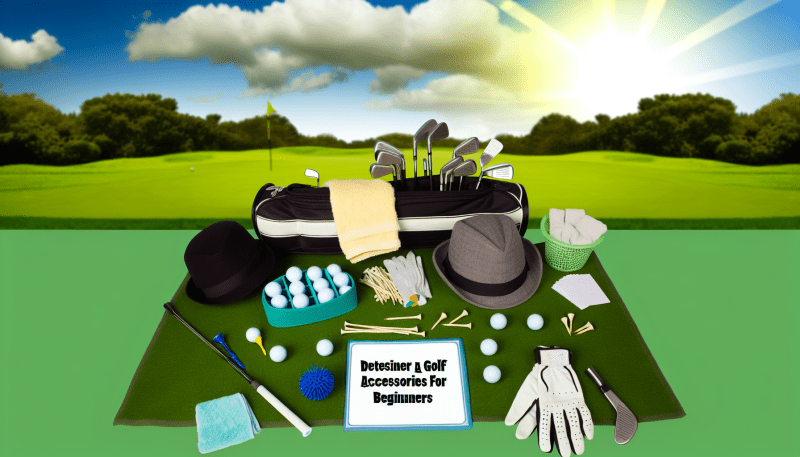First, think about the types of shots you'll be making. Woods are great for long-distance shots off the tee, while irons are ideal for approaching the green. If you're just starting out, consider getting a combo set that includes both, which can give you the versatility you need on the course.
Next, pay attention to the club's loft. Loft refers to the angle of the clubface and influences how high the ball will go. If you tend to hit the ball low, you might want a club with a higher loft to help get it in the air. Don’t hesitate to ask a knowledgeable staff member at a golf shop for advice on which lofts may suit your swing style.
Another essential factor is the length of the clubs. If a club is too long or too short, it can seriously affect your swing. You want the club to feel comfortable in your hands. A good tip is to hold the club out in front of you. If it feels balanced and comfortable, you’re likely on the right path.
Finally, test out a few clubs if you can. Many stores have demo days or will let you try before you buy. Swing a few different options to see what feels right. Remember, finding the right club is all about what works best for your unique swing!
Understanding Club Types and Their Uses
When it comes to picking your first golf clubs, understanding the different types can make a big difference in how much you enjoy the game. Each club serves its own purpose, so let’s break it down in a way that’s easy to digest.
1. Woods: These clubs are typically used for long-distance shots, especially off the tee. They have larger heads and longer shafts, making it easier to hit the ball further. A driver is the most common wood, perfect for starting off each hole. If you want to hit those long fairway shots too, consider getting a fairway wood.
2. Irons: Irons are versatile clubs ideal for a variety of shots, especially from the fairway. They come numbered, with lower numbers (like 3 or 4) being more suited for longer distances and higher numbers (like 8 or 9) for shorter, more precise shots. As a beginner, a set that includes both mid and short irons can help you tackle different situations on the course.
3. Wedges: These are a type of iron used for shorter, high-precision shots around the green. They're great for chipping and getting out of tricky spots like bunkers. A pitching wedge is often included in iron sets, but adding a sand wedge can be a smart move if you're looking to improve your short game.
4. Putters: A must-have for getting those final strokes in once you're on the green. Putters come in different styles, but finding one that feels comfortable in your hands is key. Look for a putter that helps you line up your shots easily—it makes a world of difference in lowering your score!
Tips for Finding Your Perfect Fit
Finding the perfect fit for your golf clubs is all about comfort and performance on the course. Here are some tips to help you choose the right equipment:
Lastly, ask for help! Whether it's knowledgeable staff at a golf store or friends who play, don't hesitate to get input from others. They can offer insights based on their experiences and might help you discover options you hadn't considered. Happy golfing!
Budgeting for Your First Golf Club Set
Getting your first golf club set is an exciting step! But let's talk about budgeting because it can be a bit tricky. You want to get the best bang for your buck while still making sure you have gear that will help your game. Here's a simple breakdown of what to consider.
First off, it’s good to know the average cost of a beginner set. You can expect to spend anywhere from $300 to $700 for a decent set. Cheaper options might be available, but they might not give you the quality or durability you need as a newbie. Aim for something in the middle range that feels good and offers good performance without breaking the bank.
Next, think about what you really need. A standard beginner set typically includes:
If you’re looking to save, consider buying a used set. Many beginners upgrade after a season or two, so you can find good deals on gently-used clubs. Check out local listings or pro shops for options. Just make sure to inspect them for any major wear and tear!
Lastly, don't forget about additional costs. Golf shoes, gloves, and accessories can add up quickly, so factor those into your total budget. Stick to brands that offer good value for your investment, and keep an eye out for sales, especially at the start of the season!



